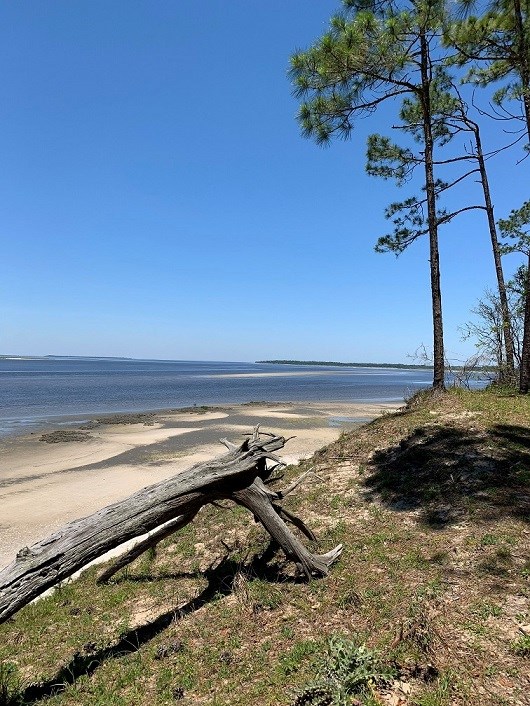Learn about NRCAs
The Natural Resource Condition Assessment (NRCA) Program provides framework, funding, and publishing support to parks to aid in the synthesis and documentation of natural resource conditions. Condition assessment reports are a tool to describe selected park resources, and record a snapshot of their current condition, identify trends, and identify potential or current threats and stressors. Understanding the condition and trend of natural resources is key for parks and NPS planners to appropriately prioritize and allocate stewardship resources.

NPS photo
Cumberland Island National Seashore is a mosaic of different ecosystems. It contains ocean and estuary, beaches and dunes, oak and pine forests, and salt marshes and freshwater wetlands. This diversity of ecosystems allows for a huge variety of plants and animals.
Traditional NRCA Report: 2018
In an effort to better understand and manage the natural resources of Cumberland Island, a Natural Resource Condition Assessment was completed, and published in 2018. Staff from the National Park Service (NPS) and Saint Mary’s University of Minnesota (SMUMN) worked together to identify the natural resources and stressors to include in this condition assessment. The final report includes ten resource topics:
- Upland forest community |
||
- Freshwater wetlands |
||
- Interdune communities |
||
- Mammals |
||
- Birds |
||
- Herpetofauna |
||
- Water quality (freshwater) |
||
- Air quality |
||
- Barrier island geomorphology |
||
Current condition was not able to be determined for four of the 10 natural resource topics (freshwater wetlands, interdune communities, birds, and water quality) due to data gaps. For resource topics with sufficient available data, the overall condition varied. Three resource topics were determined to be in good condition: salt marshes, mammals, and herpetofauna. However, the salt marshes had a condition score that was at the edge of the good condition range; any small decline in conditions could shift the resource into the moderate concern range. One resource topic (upland forest community) was of moderate concern.
The remaining two topics were of significant concern: air quality and barrier island geomorphology. Several park-wide threats and stressors include feral wildlife, fire suppression, and impacts related to climate change. Understanding these threats, and how they relate to the condition of Cumberland Island National Seashore resources, can help the NPS prioritize management objectives and better focus their efforts to maintain the health and integrity of the ecosystem, as well as its historically significant landscape.
For other reports and natural resource datasets visit the NPS Data Store.
Source: NPS DataStore Collection 7765 (results presented are a subset). To search for additional information, visit the NPS DataStore.
Last updated: February 25, 2022
